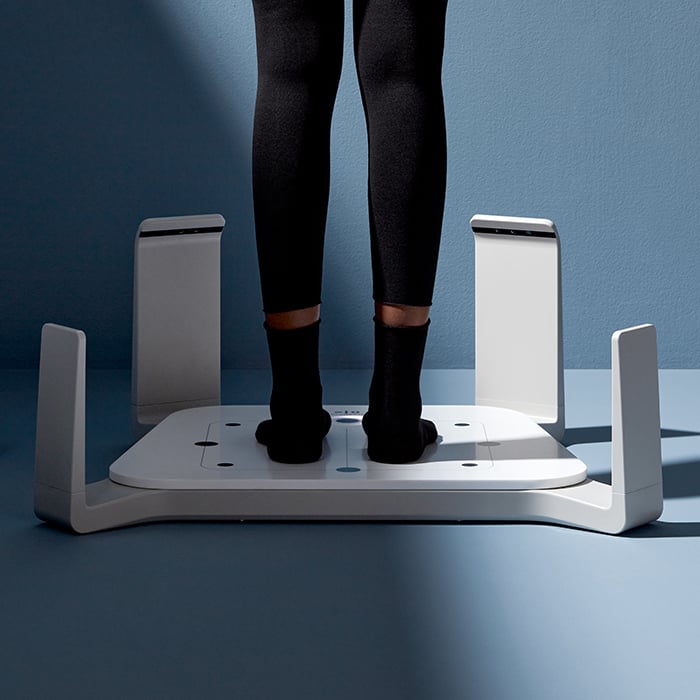3D foot scanning technology is revolutionizing the footwear industry. Gone are the days of huffing and puffing while trying on multiple pairs of ill-fitting shoes or stepping on clunky measurement devices. The entire shopping experience has needed to be faster, better and more fun. Scanning shopper’s feet enables new possibilities for digital sales channels. Most retailers have limited knowledge about 3D scanning technology, therefore the task of vetting what’s out there can be daunting. There has been a sharp uptick in new foot scanning products being introduced to the market, and very often advantages and disadvantages of new products are unclear. What to pay attention to? Which technology works best? What questions to ask, to separate good from the bad?
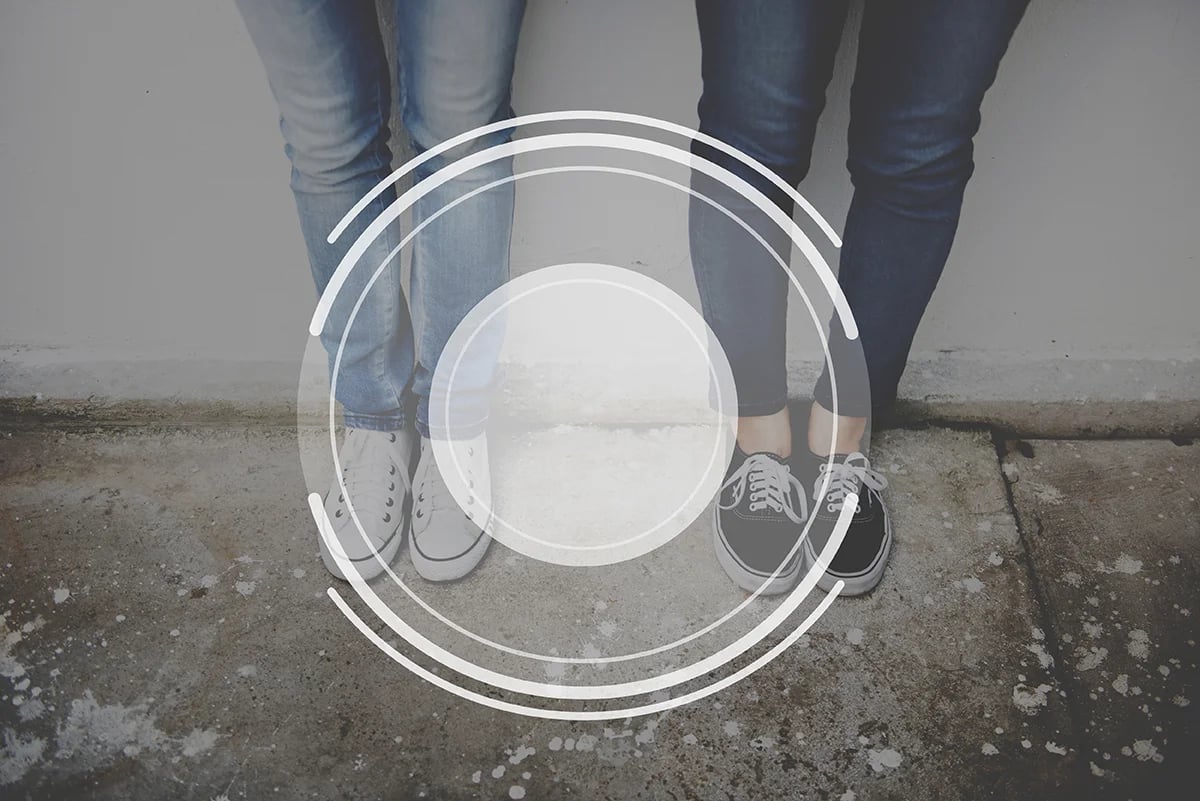
Our guide for choosing the right technology.
1. User Experience
User experience is key to retail. The ideal experience should be one-click and effortless. If shoe shoppers and sales associates don’t engage and the experience isn’t enjoyable, no amount of accuracy or data savviness is going to help.
To evaluate the shoe shopper experience of the scanning process, you should examine the following parameters:
- It is important that the scanning process is quick, the stand still time must be no more than 5 seconds. Based on our research, we concluded 10 seconds of scanning time is a no-go. Things get hectic very fast in retail stores on busy days.
- Technology should be subtle so that store associates can do what they do best: engage with customers. You should be able to step on, press a button and hey presto, done. It should work barefoot or with socks of any color. When capturing pressure distribution, walking over a small patch of scanner is a big no-no since the experience will be horrible -- hello tripping hazard -- not to mention the gait will be unnatural and hindered.
- Make sure that shoe shoppers will enjoy the experience of scanning feet. They have to feel empowered by the results of the scan. Make sure that the results are actionable and easy to understand, so that shoe shoppers can make a better purchase decision using the scan. Keep in mind that measurements of various parts of the foot are required to find the best fitting shoes, using only foot length and width is not sufficient.
2. Accuracy
You want to make sure that the foot measurement results are accurate so that your sales associates will trust the technology they’ll be using every day. It’s easy to make bold claims about the accuracy, anyone can do it. It’s harder to back it up with actual material, scientific papers, or otherwise.
Here is what you should be looking at:
- Check the precision: make sure that scanning the same person several times in a row gives you very similar results. You can expect some variability if scanning real feet since it’s really difficult to ensure exactly the same pose of feet every time you make a scan. If possible, use a few pairs of plastic feet of different sizes to eliminate the variability of real feet when estimating the precision of a scanner.
- Exactness (or trueness): After scanning the same feet several times in the previous step, calculate average measurements and compare them to measurements of an alternative method (you can use a Brannock device or a caliper). Results of the scanner and the alternative method should be within 1mm difference to consider them exact or true. Keep in mind that the length difference between two consecutive shoe sizes is only 4.23mm.
Making claims about accuracy is easy, many tech partners flaunt wild numbers. A 0.1mm accuracy is highly suspicious and unattainable, and it’s a red flag for other claims a potential tech partner may make. Request detailed explanations of what exactly the accuracy claims mean and how they were obtained! - Dig deep, ask for written detailed reports. The larger the number of feet used in the accuracy evaluation, the more you can trust the accuracy figures.
Some vendors claim that their technology captures a 3D shape of the foot, but only experts in computer vision and 3D scanning can tell how accurately the cameras and computational methods being used in a solution really capture 3D shapes. If you don’t have in-house knowledge in these fields, find help from an external consultant to get a technical assessment of the solution you want to use in your retail channels. This is important especially if you’re looking at solutions that use mobile phone cameras.
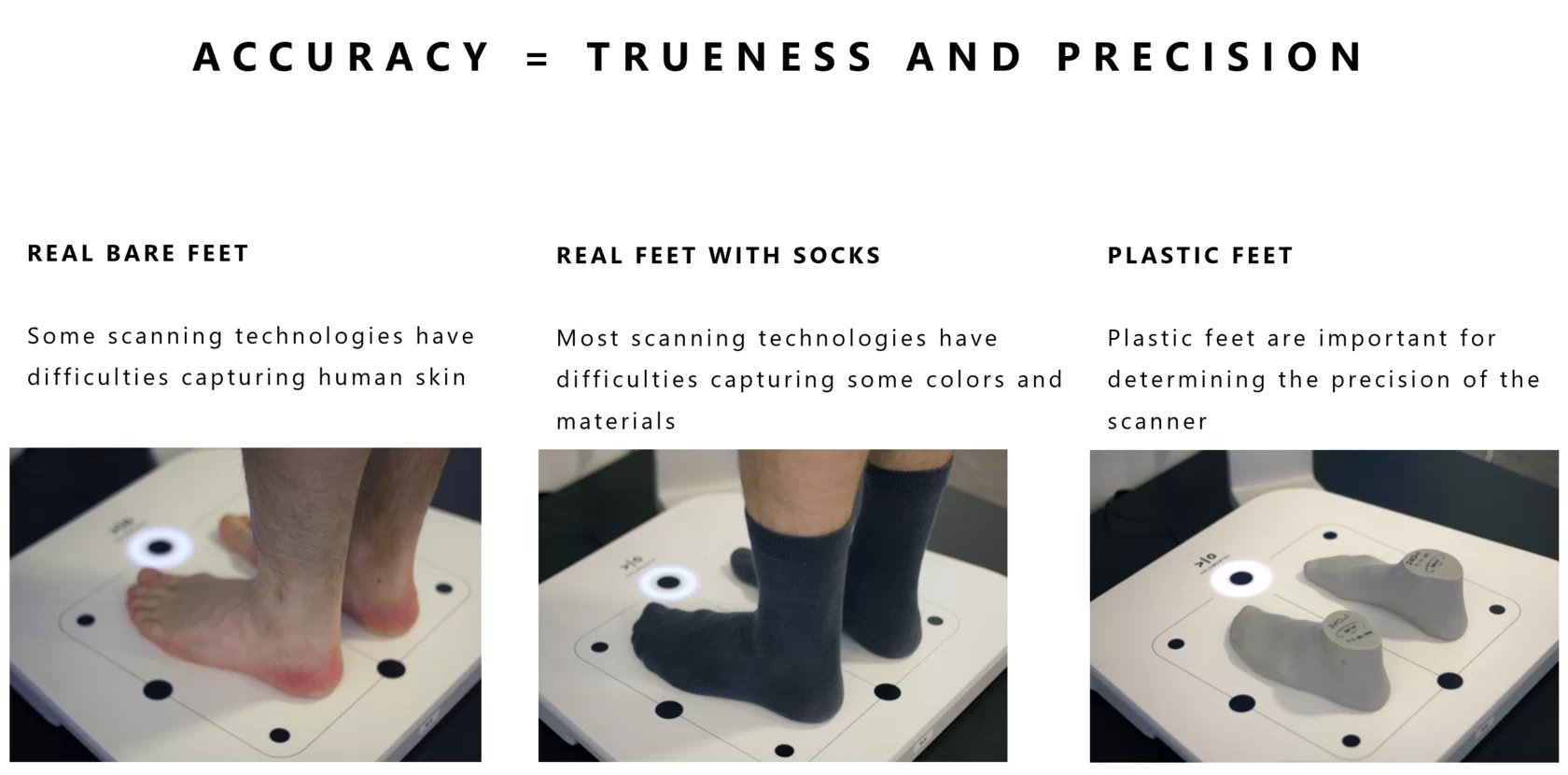
3. Analytics
Equally important is an analytics dashboard that is delivered to your inbox. Metrics such as the average number of scans per day per store, the number of online scanners and so on, are vital to run a smooth operation in-store and online. Store managers need support from HQ. You should think of the following parameters when choosing any technology for your stores:
-
Automated analytics is available and easy to set up on day one. Ask the tech partner what kind of analytics capabilities are available to them. If it’s not already in place - then do not go further.
-
Make sure every sales associate gets proper training before they start using the scanning technology.
-
Sales associates shouldn’t be dealing with any hardware or software issues, but sometimes things can go wrong. Ask the tech partner about their support team, how fast they solve issues and how satisfied their other retailers are with their support.
4. Agile Software
In today’s world, even cars get software updates whenever it is needed. An agile tech partner should respond to any issues or feedback quickly.
-
Ask the tech partner how frequently they deploy new updates. If it is non-existent or if it’s more than a month in the frequency of updates and complicated, then they are probably not a reliable tech partner.
-
It is important that the solution continuously adapts to the feedback of sales associates and shoppers.
-
Make sure that frequent software updates are automatically installed without any involvement of sales associates. Ask how they do it with their other customers.
5. Omnichannel Capabilities
Shoppers these days shop everywhere and expect a great experience in all channels. That is why the 3D data and insights gathered in the store should be available through your e-commerce sites. The importance of online sales got a boost from the Covid-19 crisis. Digital sales channels will be increasingly important even after the Covid 19 crisis. Whatever solution you pick needs to have a product offering to support digital sales and marketing channels, as well as strong integration possibilities with your existing digital platforms.
-
Make sure the data collected in-store can be used online in an easy, non-convoluted way. Working with one partner on all fronts is the ideal setup since bringing another company to the mix could complicate things and take even more time. Ask the tech partner what they can offer in terms of omnichannel and what they are capable of delivering across all channels.
-
Mobile is the new desktop. Mobile foot scanning is even more so. Ask the tech partner what concrete products they’re working on beyond their scanner, does it sound vague? Perhaps they don’t really have any.
-
Digital marketing tools to create personalized experiences. Now that you have a relationship with the customer and know all about their foot, are you able to use this information to retain them in your ecosystem? Does the partner offer digital marketing tools or fit visualizations that you can use in email or SMS campaigns to tell them which shoes you have that will fit them perfectly? Can you create personalized shopping pages on your e-commerce site that curate the best-fitting shoes for each shopper? Make sure that any FitTech partner you go with can do more than just scan and offer recommendations, but can help you stay connected with your customers through all touchpoints.
6. The Team Behind The Tech
Last but not least, remember that products are made by people and those people need a vision. You want to work with a tech partner that is agile and ambitious and continues to offer new solutions based on new technologies. The best companies to work with are tech-savvy and manage to maintain a talented team that enables your sales channels to win over existing and new shoe shoppers again and again.
The authors
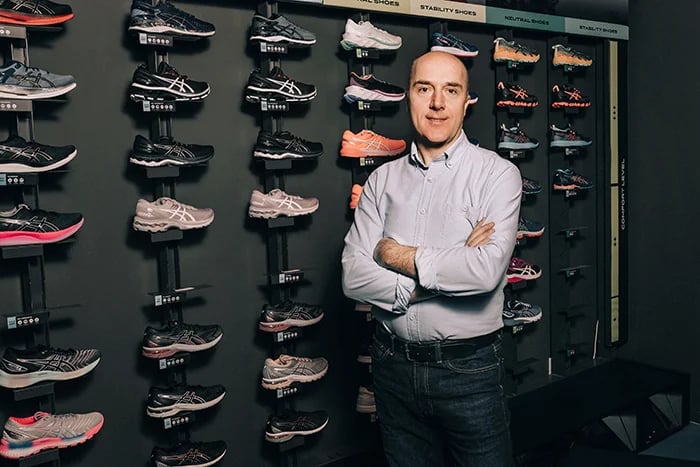
Ales Jurca has been applying 3D foot scanning technology to the footwear industry since 1999. He used 3 different medical laser foot scanners in his early research, and he managed developments of 4 generations of retail foot scanners. Ales is the VP Footwear Research at Volumental.
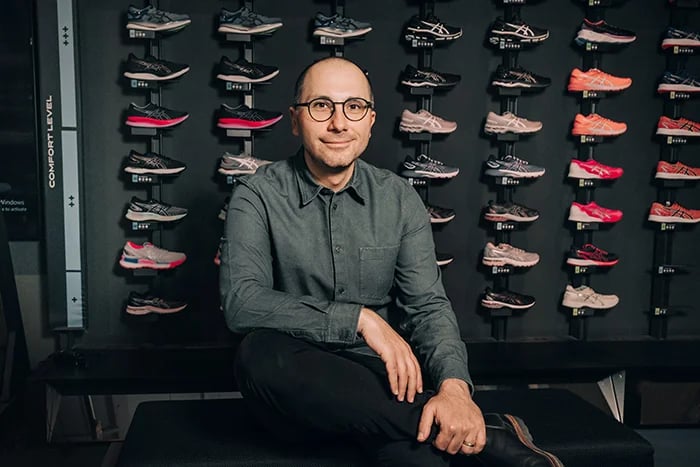
Alper Aydemir is an entrepreneur with a background in robotics and computer vision. After a PhD in robotics, he has worked at NASA JPL and Google's Project Tango, aiming to bring computer vision to the masses. Alper is a co-founder and the CTO at Volumental.
